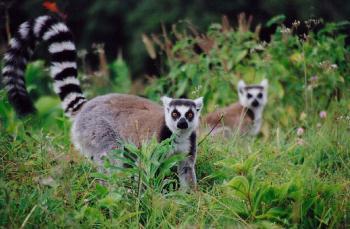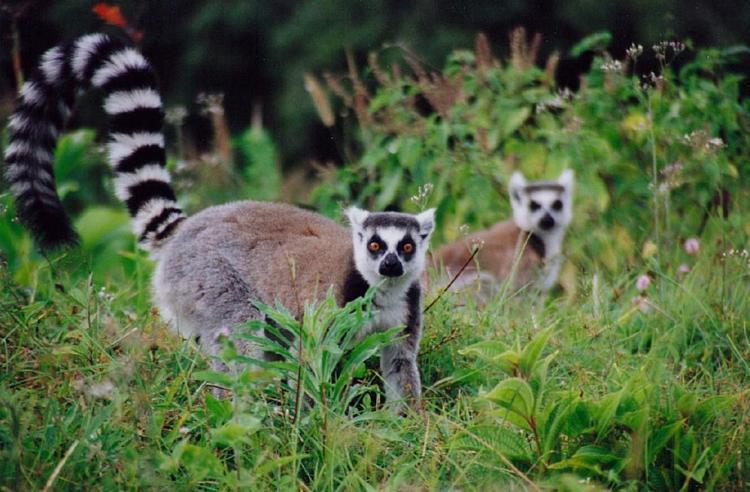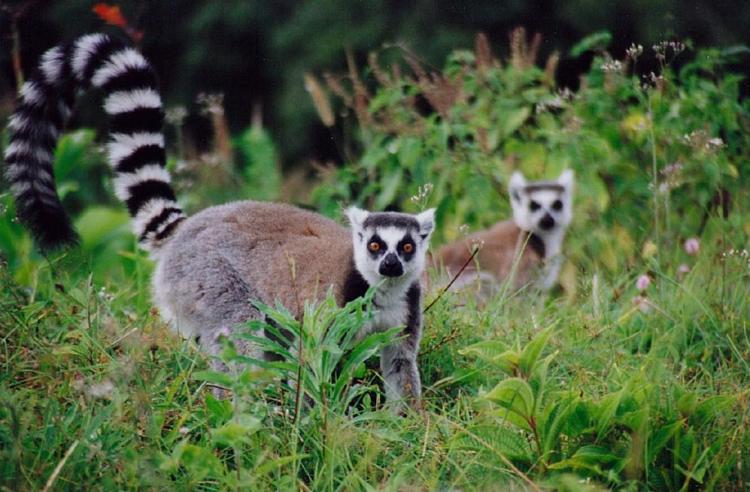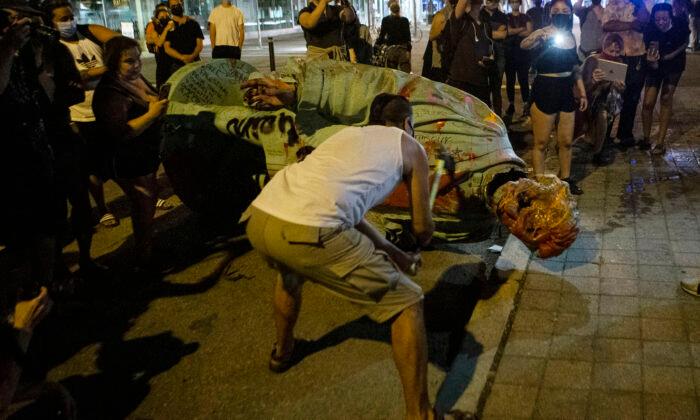Humming birds bound and stuffed in cigarette packets, snakes and tortoises inside a hollowed out teddy bear, exotic birds’ eggs made into necklaces—these are just some of the myriad ways used to smuggle wildlife in a lucrative worldwide trade.
Run by organized crime, the illegal trade in wildlife and animal parts is estimated to be worth tens of billions of dollars per year, making it the biggest money-maker for organized crime after drugs, according to Interpol, the international police body.
Stingrays and piranhas from South America; star tortoises from India; pygmy slow lorises, a primate, from South Asia; rare albino carpet pythons from Australia; Hawaiian chameleons; endangered sea turtles; West African songbirds—the list of smuggled species is endless.
The animals are stolen from their natural habitat by poachers and spirited out, mostly to developed countries where collectors or those who simply want an unusual gift for their kid’s birthday can afford the exorbitant prices charged.
“Some of these rare parrots or deer falcons can fetch up to $100,000,” says Michael O’Sullivan, chairman and CEO of The Humane Society of Canada (HSC).
And although many creatures do not survive the trip because they are smuggled in cruel conditions, the trade still proves profitable to organized crime.
“The figure that is often quoted is that only one out of about every 10 animals that start out the journey actually survive it,” says O’Sullivan, a veteran of undercover work in Africa, Latin America, and elsewhere.
[caption id=“attachment_82888” align=“alignleft” width=“320” caption="Humane Society of Canada CEO Michael O







